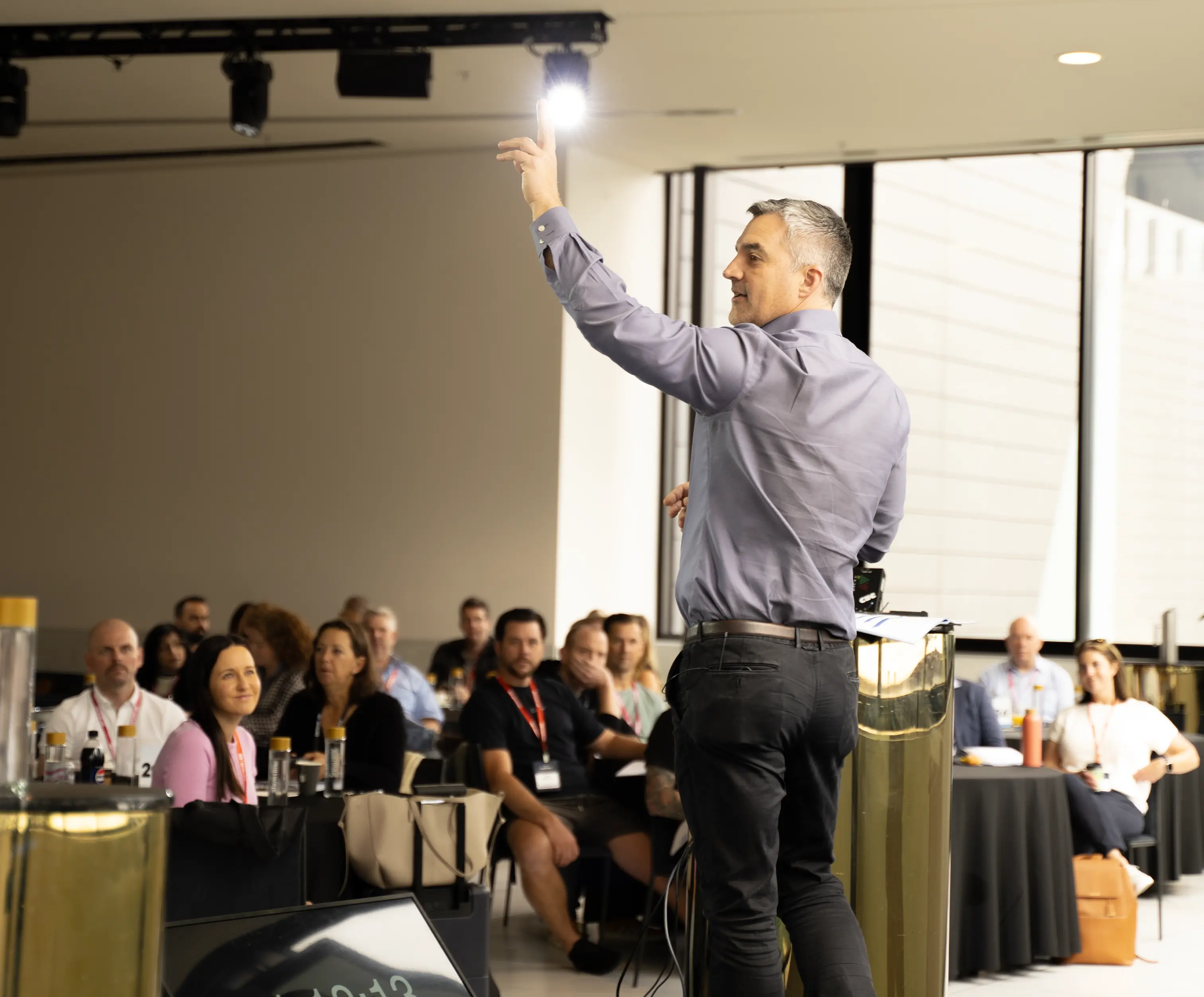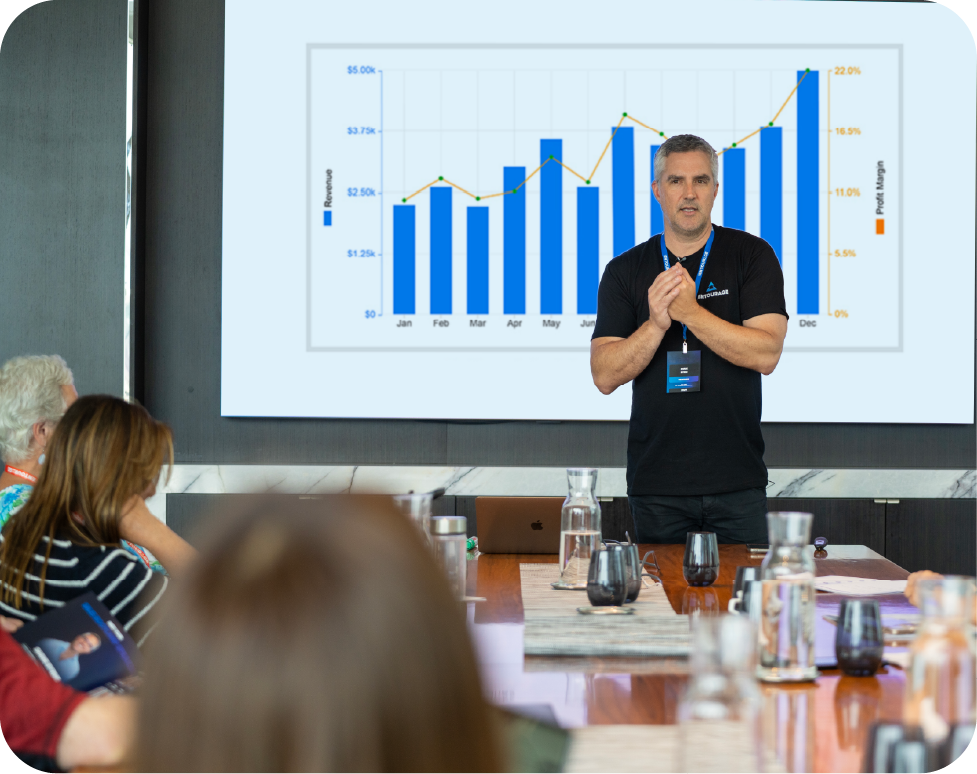The roof is one of the most crucial components of a home, protecting both the structure and inhabitants from environmental elements. Over time, wear and tear can lead to various problems that may compromise the integrity of your roof. Being able to recognize the early signs of damage is essential for maintaining the lifespan of your roof and ensuring the safety of your home. Here are some common signs that indicate your roof may need immediate repair.
Physical Damage to Shingles
One of the most apparent signs of roof damage is physical issues with shingles. Homeowners should regularly inspect their roofs for cracked, missing, or curled shingles. Each of these conditions can expose the underlying structure to moisture, leading to more severe issues like wood rot or mold development. If you notice several damaged shingles, it's crucial to address the issue immediately before it escalates.
A strong windstorm or heavy rain can exacerbate existing conditions and lead to more significant damage over time. A visual inspection from the ground may not reveal all underlying problems, and it might be worthwhile to hire a professional to assess your roof properly. This preventative action can save you from more extensive repairs and costly replacements in the future.
Water Leaks in the Ceiling or Walls
Water stains on the ceiling or walls are a clear indication that your roof might be compromised. These stains can appear as dark spots or ring patterns, often signaling that water is leaking through a breach in the roofing material. If left unchecked, leaks can lead to more severe problems, including structural issues and costly damage to insulation and drywall. Mold and mildew can thrive in these damp conditions, posing health risks to the home’s occupants.
To prevent ongoing damage, homeowners should investigate the source of the leak promptly. A roof inspection can help determine the precise cause and provide solutions to rectify the situation, ensuring your home remains safe and dry. If repairs are necessary, addressing them quickly will mitigate any further damage to your home.
In some cases, investing in a reliable roof waterproofing solution can help prevent leaks from recurring, offering long-term protection against moisture intrusion.
Excessive Granule Loss in Gutters
Granule loss from shingles often occurs as roofs age, but excessive granule accumulation in gutters can signal a pressing problem. The granules protect shingles from UV rays and provide additional protection against moisture. If clumps of granules are frequently found in your gutters or near the downspouts, it is a sign that the shingles are deteriorating and may need replacement.
This loss compromises the roof’s effectiveness and longevity. Homeowners should pay close attention to their gutters during routine maintenance and avoid overlooking these signs. If significant granule loss is noted, a specialized inspection can help identify potential issues with material integrity. Depending on the advice from professionals, you may need to consider your roof upgrade to ensure continued protection from the elements. Regular roof evaluations can help catch these issues early and potentially save on more costly repairs down the line.
Flashing Damage
Flashing is used to direct water away from several parts of your roof, such as chimneys and vents. When flashing is damaged or improperly installed, it can lead to significant leaks and moisture problems. Homeowners should inspect flashing for cracks, corrosion, or any signs of wear and tear. These issues can often be tricky to notice and may require close examination.
Properly sealed flashing prevents water from seeping underneath roofing materials and causing damage to the underlying structure. If it is found to be compromised, timely repairs or replacements can prevent larger issues from arising down the road. Employing a qualified roofing professional can ensure that flashing is correctly sealed and effectively redirects water.
Mold and Mildew Growth
Mold and mildew growth on the roof's surface or within the home can indicate underlying roof issues. If you notice dark patches, particularly in shaded areas, it may suggest that excessive moisture is present, often due to roof leaks or poor ventilation. Mold and mildew damage roofing materials and shorten their lifespan, and can negatively impact indoor air quality and pose health risks for occupants.
Promptly addressing either roof leaks or ventilation issues can significantly mitigate the risk of mold development. If there is a current infestation, it may be essential to consult with a specialist to determine the best course of action for both roof repair and mold remediation.
Damaged or Displaced Roof Vents
Roof vents play a crucial role in maintaining appropriate temperature and moisture levels in the attic. If vents appear broken, misaligned, or missing altogether, air circulation will be compromised, leading to increased moisture and potential roof damage. Homeowners should regularly check vent conditions and look for any signs of physical damage or blockage due to debris or animal intrusion.
Proper ventilation is an issue of comfort and significantly impacts how long a roof lasts. Repairing or replacing faulty vents can help maintain optimal airflow and protect against moisture buildup.
From visual inspections to monitoring for leaks and ventilation issues, proactive maintenance can prevent extensive damage and costly repairs in the future. If you identify any of the above indicators, consult with a roofing professional to evaluate the state of your roof and potentially recommend necessary repairs or upgrades. Ensuring the health of your roof means ensuring the safety and comfort of your home.
Related Categories
Ryan Terrey
As Director of Marketing at The Entourage, Ryan Terrey is primarily focused on driving growth for companies through lead generation strategies. With a strong background in SEO/SEM, PPC and CRO from working in Sympli and InfoTrack, Ryan not only helps The Entourage brand grow and reach our target audience through campaigns that are creative, insightful and analytically driven, but also that of our 6, 7 and 8 figure members' audiences too.





